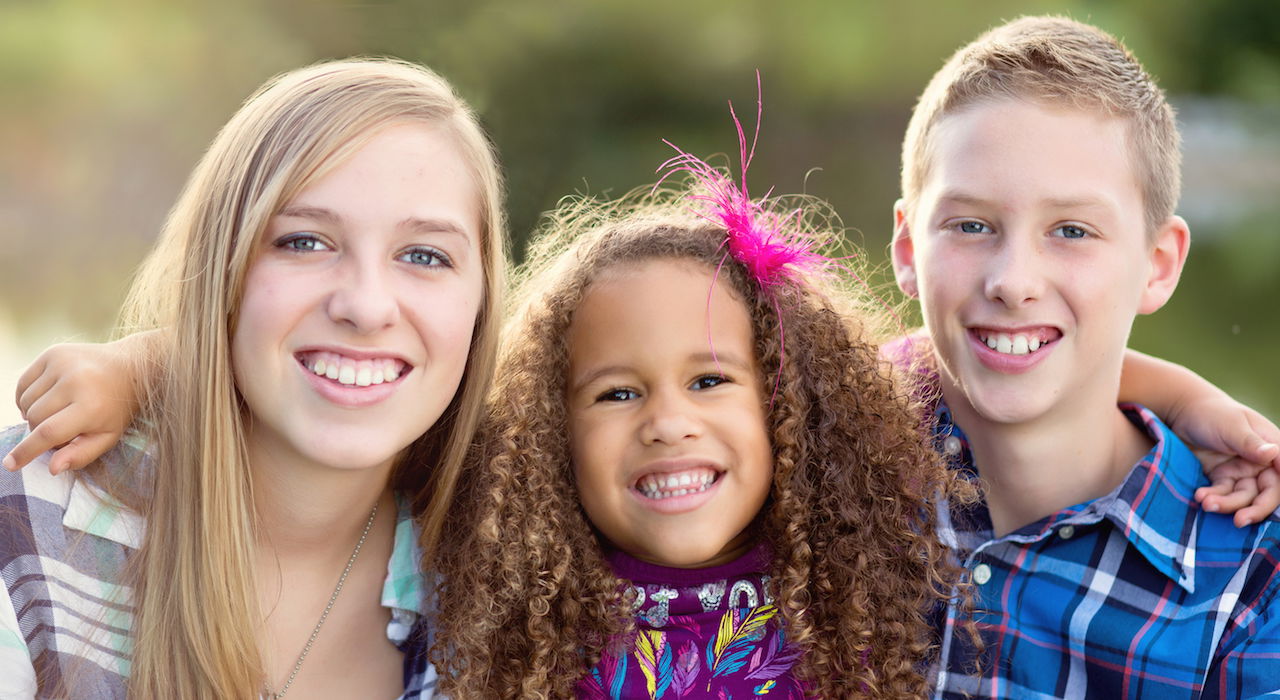Highlights
- The empirical evidence on transracial adoption suggests strongly that black children adopted into white families suffer no more developmental or adjustment problems than black adoptees in black families. Post This
- Transracial adoption, particularly of black children by white parents, has aroused controversy for more than 50 years. Post This
Abby Johnson, a noted antiabortion activist who spoke at the Republican National Convention, once posted a YouTube video (subsequently removed) saying that police would be well-advised to be wary of her adopted “brown son,” as she put it, as he is more likely to commit a violent crime than her two white sons are. Racial profiling, she said, was “just statistics.” This generated immediate outrage, which surprised adoption scholars SunAh M. Laybourn and Carla Goar, who were both transracially adopted as children. “Did [those outraged] think that having a child of color meant that white parents would commit to anti-racist perspectives and activity?”
This raises an important question, especially in light of recent protests over systemic racism in American society: What can we expect of white parents who, like the authors of this report, adopted black children? Does transracial adoption work in the child’s best interests? This question has been a controversial subject for at least 50 years. In this report, we examine the evidence regarding the effect on black and biracial children of being adopted into white families.
Unsurprisingly, given America’s history of race relations, whites adopting black children was quite rare, and in some states even illegal, before the mid-20th century. Beginning in the mid-1950s, however, several initiatives broke the implicit color line in both international and domestic adoption. Some national associations began promoting transracial adoption. A program called “Parents to Adopt Minority Youngsters” was initiated by the Children’s Home Society of Minnesota, and the Boys and Girls Aid Society of Oregon ran a project with the (now cringeworthy) name “Operation Brown Baby.” Other kinds of transracial adoption were also on the rise, such as the widespread adoption of Korean War orphans that began in 1955 by Bertha and Harry Holt from Oregon.
The National Children’s Bureau estimated that by 1972, 15,000 American families had adopted children of another race, including African Americans and Asians. And despite continuing controversies about transracial adoption (described below), from 2002 to 2012, 21–24 percent of domestic adoptions of children under age 2 were transracial.
Continue reading the full report, Transracial Adoption in the Time of Black Lives Matter, at AEI . . . .














